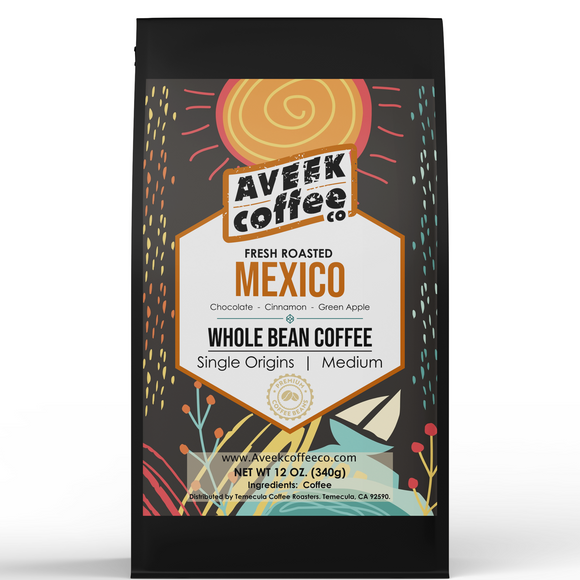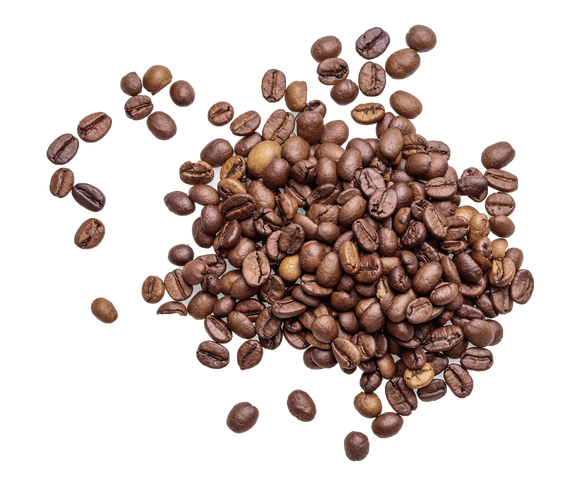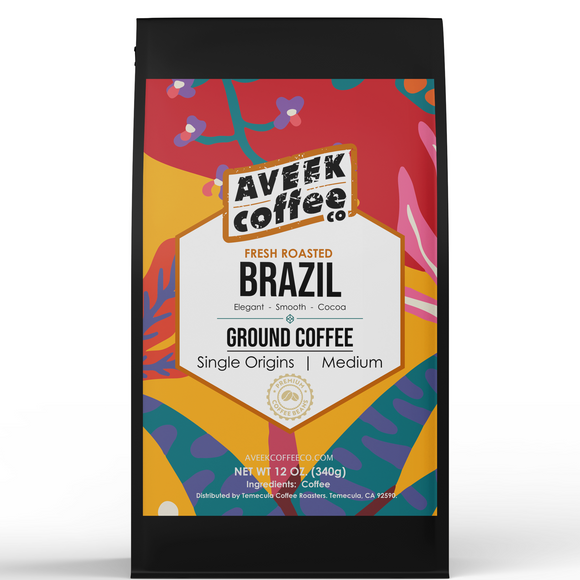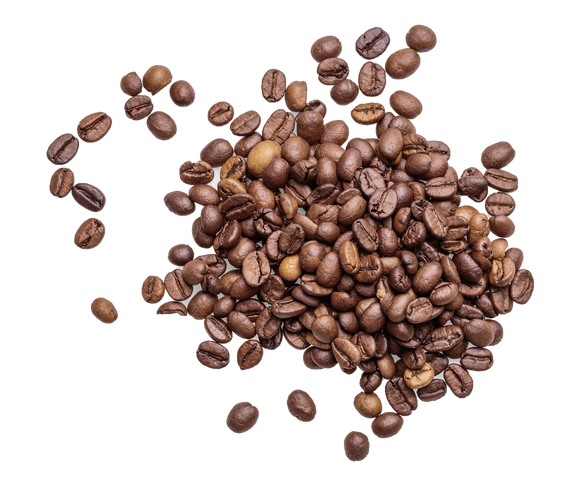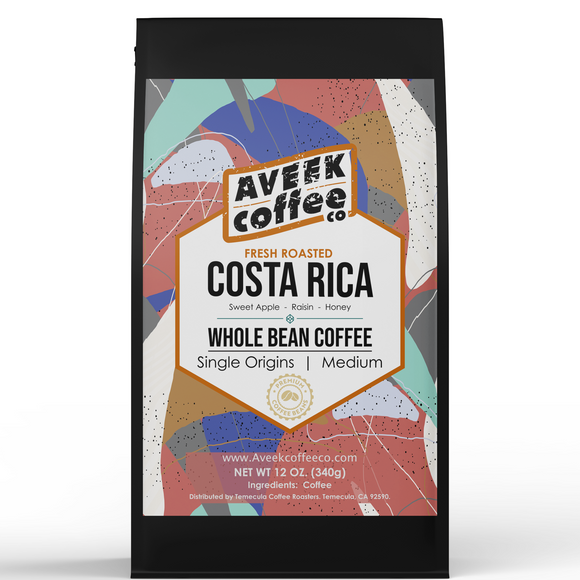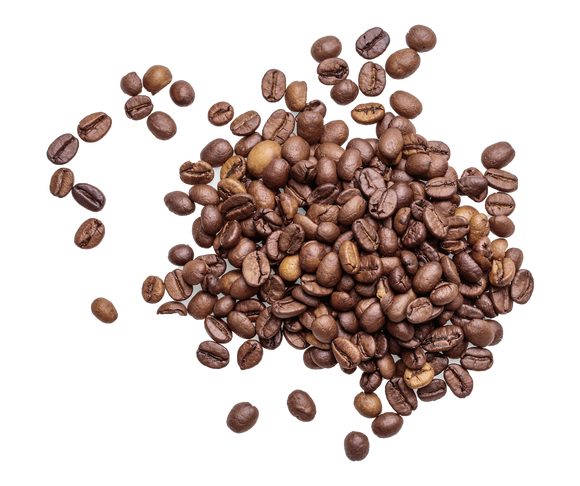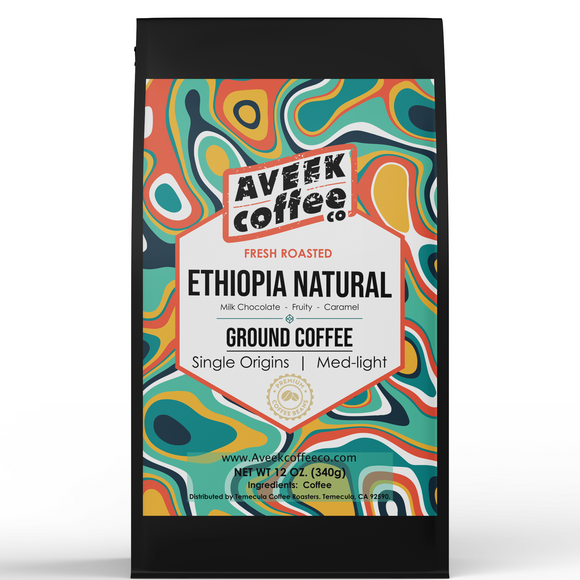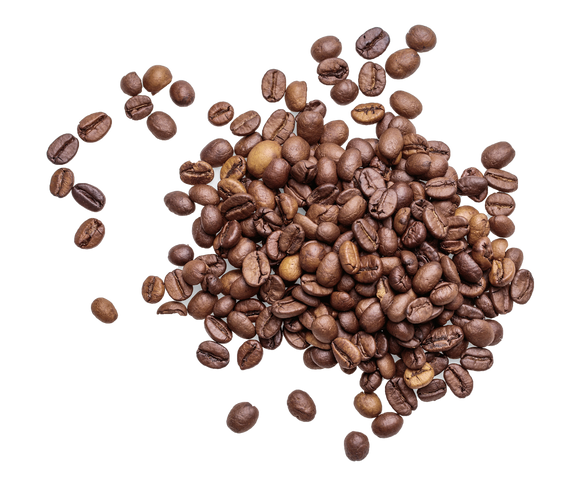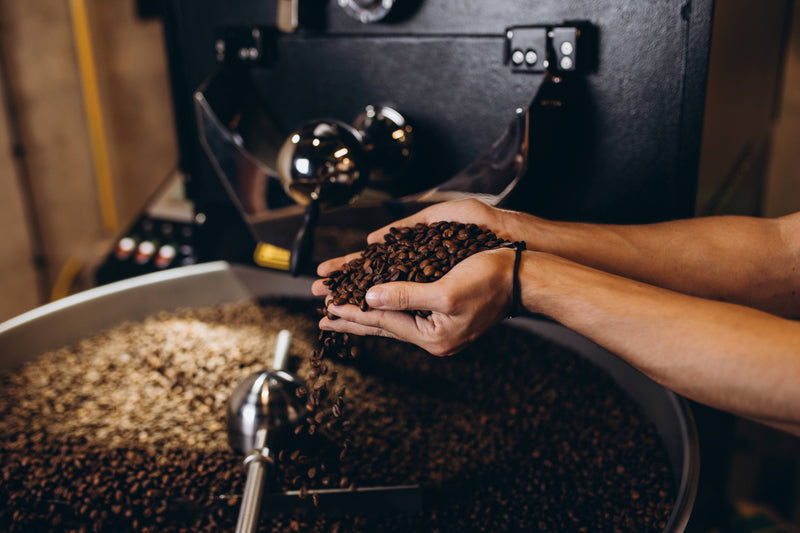
Coffee lovers around the world know that the perfect cup of coffee is a work of art. It requires precision, attention to detail, and a deep understanding of the roasting process. If you've ever wondered what that "first crack" sound is during coffee roasting, you're not alone. This is the point where the magic happens, where the coffee beans reach their peak flavor and aroma. Understanding the first crack is essential to unlocking the flavor code of coffee roasting. In this article, we'll take a deep dive into the science behind the first crack, what it means for the coffee beans, and how it affects the final cup of coffee. So, whether you're a coffee enthusiast or a professional roaster, get ready to discover the secrets of unlocking the full potential of your coffee beans.
What is the first crack?
The first crack is a significant event that occurs during the coffee roasting process. It is a cracking sound that happens when the coffee beans reach a specific temperature, and the moisture inside the beans turns into steam, causing the beans to expand and crack. This event usually happens between 385°F and 425°F (196°C and 218°C) in the roasting process, depending on the roast level desired. The sound of the first crack is similar to the sound of snapping your fingers, and it's the first time that the coffee beans start to release their natural oils, flavors, and aromas.
During the first crack, the coffee beans undergo a physical change. They start to expand and break, and the internal pressure of the beans becomes too high, resulting in the cracking sound. The first crack is a crucial stage in coffee roasting because it signals the beginning of the coffee beans' transformation from green and raw to roasted and full of flavor.
Chemistry behind the first crack
To understand the chemistry behind the first crack, we need to look at what's happening inside the coffee beans. Coffee beans are made up of various compounds, including carbohydrates, acids, lipids, and proteins. During the roasting process, these compounds undergo a series of chemical reactions that transform the coffee beans and give them their distinct flavor and aroma.
The first crack occurs because of a chemical reaction called pyrolysis. Pyrolysis is the process of breaking down complex molecules into simpler ones through heat. During roasting, the heat causes the carbohydrates and proteins inside the coffee beans to break down into simple sugars and amino acids, respectively. These sugars and amino acids react with each other and with the heat to produce a wide range of compounds that give coffee its unique flavor and aroma.
Significance of the first crack in coffee roasting
The first crack is a significant event in coffee roasting because it signals the beginning of the coffee beans' transformation from green and raw to roasted and full of flavor. It's the point where the coffee beans start to release their natural oils, flavors, and aromas. Before the first crack, the coffee beans are still green and contain a high amount of moisture. After the first crack, the coffee beans start to dry out, and the roast level starts to develop.
The first crack is also essential because it sets the foundation for the rest of the roasting process. The roast level and development time after the first crack significantly affect the final flavor and aroma of the coffee. If the coffee is roasted too light or too dark after the first crack, it can result in a sour or burnt taste.
Factors that affect the first crack
Several factors can affect the first crack, including the type of coffee beans, the roasting machine, and the roasting technique. The type of coffee beans used can affect the first crack because different varieties of coffee beans have different moisture contents and densities. The roasting machine and technique can also affect the first crack because different machines and techniques have different heating and airflow capabilities.
One of the most significant factors that affect the first crack is the roasting temperature. The temperature at which the first crack occurs can significantly impact the flavor and aroma of the coffee. If the temperature is too high, the coffee beans can burn, resulting in a bitter taste. If the temperature is too low, the coffee beans may not fully develop their flavor and aroma.
Roasting techniques to control the first crack
Roasters can use several techniques to control the first crack and achieve their desired roast level. One technique is to adjust the roasting temperature to control the first crack. Lowering the temperature can delay the first crack, while increasing the temperature can speed up the first crack.
Another technique is to adjust the airflow during roasting. Increasing the airflow can help remove moisture from the coffee beans, which can lead to a faster first crack and a lighter roast. Decreasing the airflow can retain more moisture in the coffee beans, resulting in a slower first crack and a darker roast.
Roasters can also adjust the development time after the first crack to achieve their desired roast level. If they want a lighter roast, they can shorten the development time. If they want a darker roast, they can lengthen the development time.
Different types of coffee roast levels
There are several different types of coffee roast levels, each with its unique flavor and aroma profile. The most common roast levels are light roast, medium roast, and dark roast.
Light roast coffee is roasted until the first crack and has a light brown color. It has a bright acidity, with a mild and delicate flavor profile. Light roast coffee is ideal for those who prefer a more subtle coffee flavor.
Medium roast coffee is roasted after the first crack and has a medium brown color. It has a balanced acidity, with a slightly stronger and more complex flavor profile than light roast coffee. Medium roast coffee is ideal for those who prefer a more robust coffee flavor.
Dark roast coffee is roasted well after the first crack and has a dark brown color. It has a low acidity, with a bold and intense flavor profile. Dark roast coffee is ideal for those who prefer a strong and bold coffee flavor.
How to identify the first crack
Identifying the first crack is essential for roasters because it signals the beginning of the coffee beans' transformation from green and raw to roasted and full of flavor. To identify the first crack, roasters listen for the snapping sound that occurs when the coffee beans reach a specific temperature and start to expand and crack.
The first crack usually starts between 385°F and 425°F (196°C and 218°C), depending on the roast level desired. Roasters can also use visual cues to identify the first crack, such as the color and texture of the coffee beans. During the first crack, the coffee beans will start to turn brown and expand, and the surface of the beans will become rough and uneven.
Common misconceptions about the first crack
There are several misconceptions about the first crack in coffee roasting. One common misconception is that the first crack is the only crucial stage in the roasting process. In reality, the first crack is just the beginning of the coffee beans' transformation. The development time after the first crack is just as crucial in achieving the desired roast level and flavor profile.
Another common misconception is that the first crack is the same for all types of coffee beans. In reality, different types of coffee beans have different moisture contents and densities, which can affect the timing and intensity of the first crack.
Conclusion
Unlocking the flavor code of coffee roasting requires a deep understanding of the first crack. The first crack is a significant event that signals the beginning of the coffee beans' transformation from green and raw to roasted and full of flavor. Understanding the chemistry behind the first crack, the factors that affect it, and the techniques to control it can help roasters achieve their desired roast level and flavor profile.
Different types of coffee roast levels, such as light roast, medium roast, and dark roast, each have their unique flavor and aroma profile. Identifying the first crack is essential in achieving the desired roast level and flavor profile. Roasters must also be aware of common misconceptions about the first crack, such as it being the only crucial stage in the roasting process and that it's the same for all types of coffee beans.
By unlocking the flavor code of coffee roasting, coffee lovers and professional roasters alike can achieve the perfect cup of coffee that is truly a work of art.



